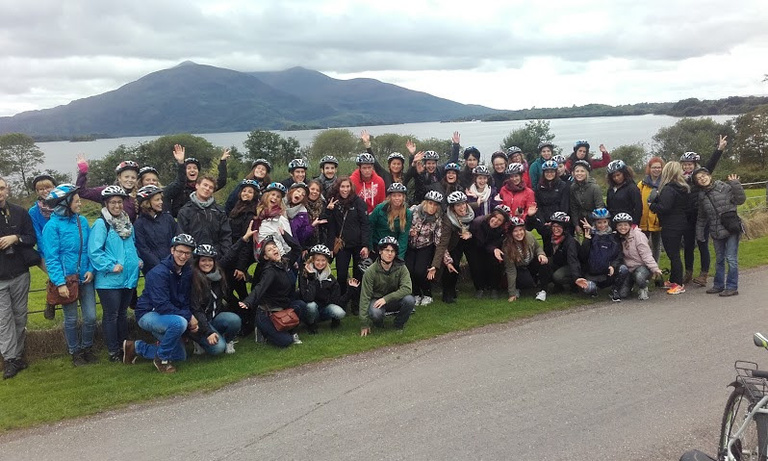
Sporting my new dishdasha and kumma at the Jibreen Castle during our program excursion to the Dakhiliyah region
Alex Bare is a rising senior (international relations and Spanish) and 2018 recipient of the Critical Language Scholarship, an intensive overseas language and cultural immersion program for American students funded by the U.S. Department of State. Views posted herein do not represent those of the Department of State, American Councils for International Education, or the CLS Program.
When I say I’m “out here in the desert,” I’m not kidding. Someone told me the last time it rained was 10 months ago, but it HAS sprinkled a couple times. All the mosques are constantly praying for rain. Ibri is located just outside the largest sand desert in the world, the Empty Quarter, and as one of my instructors put it, “Ibri is famous for the color brown.”
The name “Ibri” itself comes from the Arabic root word for “trans-” or “traverse” since it is located at the crossroads of trade caravans between Oman and what’s now the UAE and Saudi Arabia. Despite all the flack it gets (many Omanis in Muscat can’t even give you a reason to make the 3-hour hike to Ibri), here are some of my favorite places/activities in the city. I’m blessed to have made a good friend who works in the Ministry of Tourism and has the know-all on Ibri’s best spots, although I expect this to be mildly contentious with my 27 other American program members.
Yes, this is (briefly) about to become a “list” blog. Here my top 5 for Ibri:
- The view of the city from the Murtafa’ (Heights) neighborhood, or from the water treatment facility
No one seems to know how big Ibri is—I’ve heard estimates from 30,000 all the way to “a lot of people.” This overlook, however, is one of the easiest ways to get a good idea of how big the city is day and night (spoiler: it’s not that big). The entire wilaya (state) of Ibri had a population of 116,000 in 2010, and I’d assume most of them live in Ibri or nearby villages since the rest of the state is virtually uninhabited desert and mountain. These sites are also hot spots for nighttime picnics with friends when it’s *only* 99ºF.
- The Old Souq (as-souq al-qadeem)
Looking to get fitted for a dishdasha, abaya, or niqab? Need to pick up some dried fish? Want a stylish ring imported from Pakistan? This is your place.
The Old Market is a popular start point for the very few tourists who make it to Ibri (I’ve never seen a tourist here since I arrived). It is nicely organized by sections, with clothing and spice stores dominating the main strip, and side streets specializing in tailoring and jewelry, among other things. Chances are pretty good you’ll see some camels and goats running around when the Bedouin traders arrive early in the morning.
- Ibri Castle (ḥiṣn ‘ibri)
The touristic jewel of Ibri. I’ve come to the conclusion that the vast majority of Oman’s touristic destinations involve castles, sand, or both. This is no exception. Ibri Castle is a 400-year-old beautifully preserved castle and is a great place to explore because it’s usually empty. Also noteworthy are the Sulaif Fort and Dreez Castle, which I have caught glimpses of but not visited as of yet. You’ll also get a view of the Haara al-Qadeem, or Old Neighborhood, which is a largely abandoned labyrinth of earthen homes where the city’s first inhabitants lived.
- Khairat al-Selami, or any of the 3-4 Omani halwa confectioneries
Halwa is the most popular desert in Oman and is basically a gelatin confection made of sugar, ghee, eggs, nuts, dates, and high-quality saffron from Iran. It also might be an acquired taste. Halwa has received a brutal rap from my fellow cohort members as being “disgusting,” and “just not something that should be eaten for dessert.” Unpopular program opinion: some kinds of halwa are YUMMY. I have found a couple varieties that I do like and will be taking home samples for those in Iowa City dying for a taste.
- Local farms (any of them)
This is more of an Ibri bucket list goal than something I can vouch for with first-hand experience. Everyone here seems to have a farm or have a cousin who has a farm, but every time I get invited, something comes up.
Farms are not only great places to drink karak (tea) and coffee while socializing but also for climbing date palm trees and searching for somewhat elusive camel spiders (activities are unrelated). Camel spiders are called “scorpion camels” in Omani Arabic because they are known to give rides to scorpions. Everyone in Ibri seems convinced you will die if you get bit and don’t get treatment, and they are said to come indoors during summer months because of the brutal 114ºF daily average highs. They’re not actually spiders nor are they poisonous according to the Internet, but they have a pretty nasty look.
________________________________________________________________________
And that’s a wrap! A couple of honorable mentions: nature lovers can find some comfort in hiking in the foothills of the Hajar Mountains overlooking Ibri, especially Mount Kawas. Wear boots because scorpions are abundant. Visiting the extensive and historic falaj (water canal) system in Al-Aynayn or a wadi (dry river/creek bed, since, you know, it never rains) are also classics, not to mention the kilometer after kilometer of rugged mountains and ancient ruins north of the city, including the 5,000 year-old UNESCO World Heritage Site of Bat, Al-Khutm and Al-Ayn, which I (hopefully) will visit this weekend with my language partner.
I truly think there is a little something for everyone in Ibri, even if you have to do some digging to find it. It turns out the Tourism Ministry even has their own guide. If you ask me though, the real beauty are all the places and people you encounter on the way to each of these pitstop destinations.
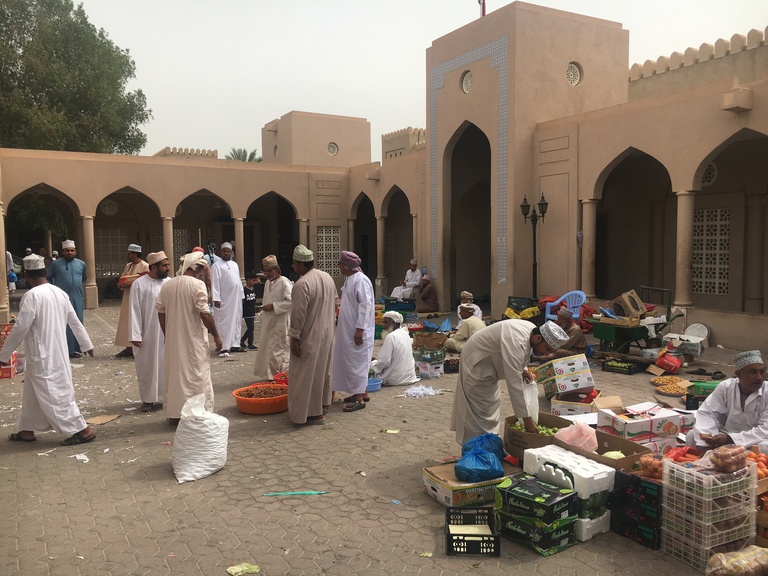
The vegetable market in Nizwa, which we visited as part of our trip to see the Dakhiliyah region
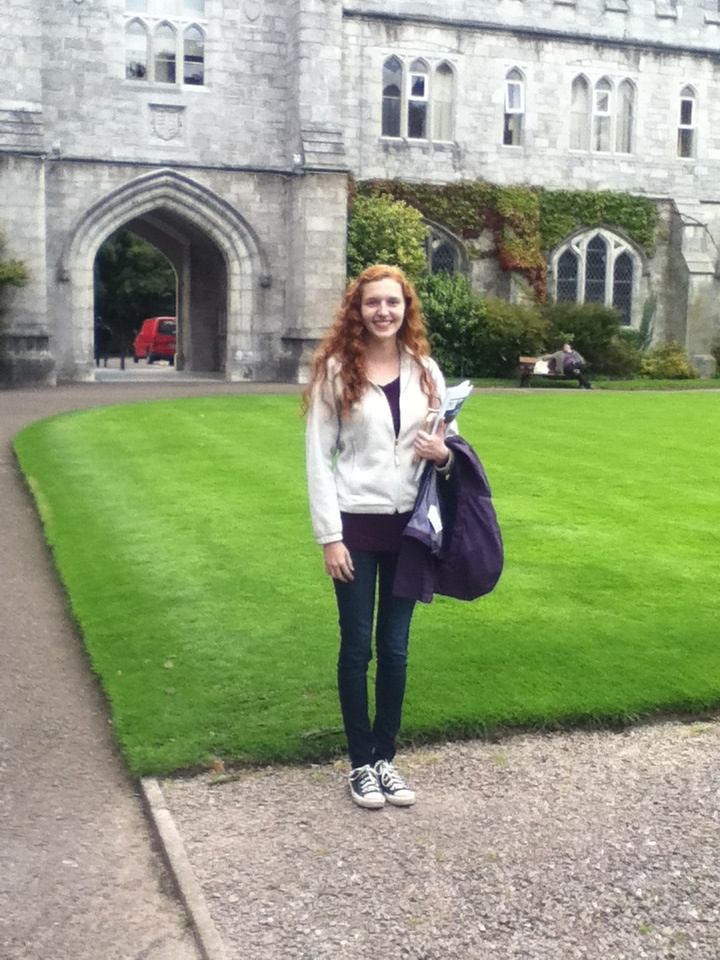
The view from inside Ibri Castle
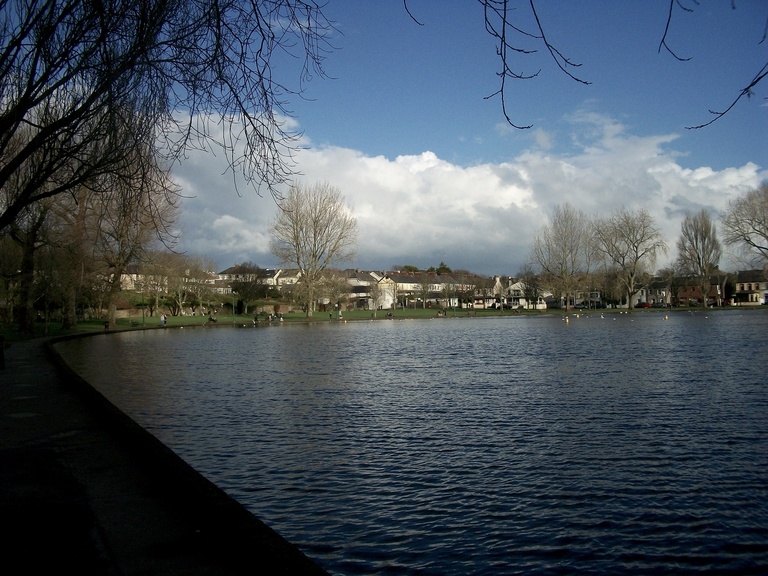
The famous (or perhaps infamous) Omani halwa, as seen on sale in Nizwa
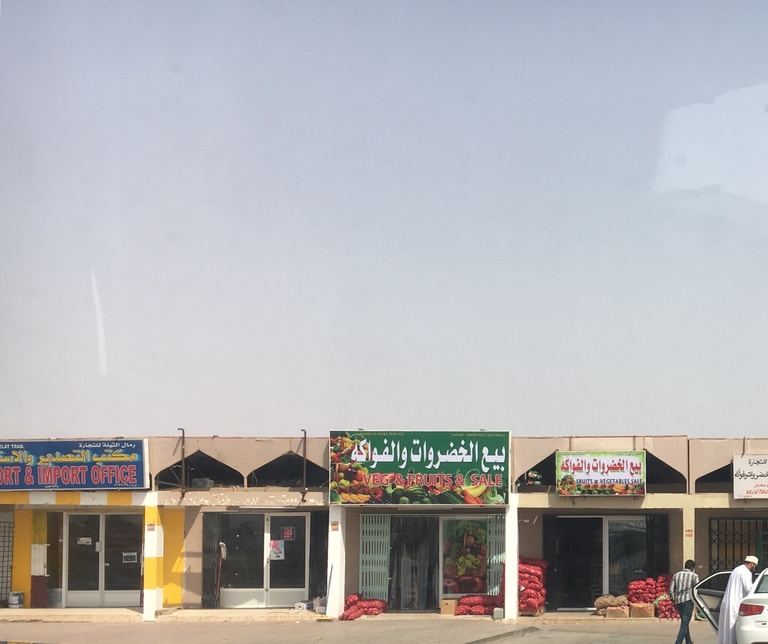
Part of the of the old souq in Ibri, although this photo was taken during Ramadan so all the shops were closed